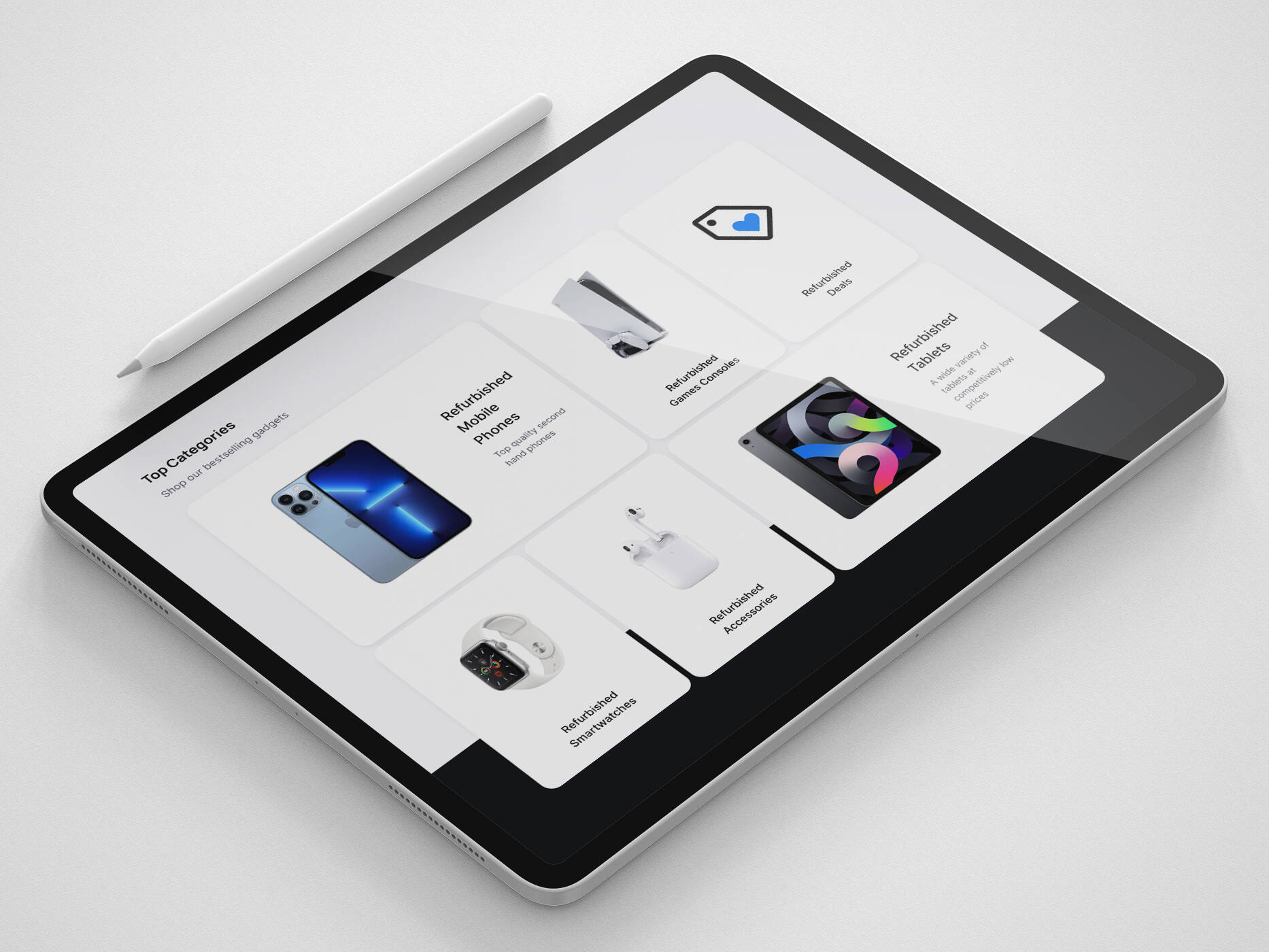Let me tell you an industry secret. No website is up 100% of the time. It’s not something we like to admit but sometimes your website will be down.
Even the largest websites on the internet have their downtime. eBay, Amazon, Facebook, Google, YouTube and Wikipedia are among the few giants that have reported downtime in recent years.
There are two types of downtime. Hard downtime is when the website is unavailable to your users. Soft downtime is when the website is exhibiting poor performance. Both of these can happen for a number of reasons – good and bad.
- Scheduled maintenance for security and server upgrades.
- Hardware failure like a faulty hard drive or power outage.
- Cyber attack such as a denial of service attack.
- Disaster including a flood or fire.
- Periods of high traffic.
As hosting providers we do our best to protect against these situations but even the most well oiled machines can have their blips.
So what can you do to mitigate these circumstances?
Preventative measures for website downtime
Lets first take a look at things you can do to prevent downtime. We recommend speaking with your hosting provider and web developer first. Many of these might already be implemented.
Buy a DNS backup service
A lot of downtime can be attributed to problems relating to your domain name servers (DNS). DNS tells your website address where to find the server. DNS backup services constantly grab your DNS data and act as a backup if your primary one goes down.
Buy a monitoring service
If you’re using managed website hosting (like we offer) your provider should already have monitoring in place. It’s likely that if there are any issues, they’ll be immediately notified.
For extra peace of mind, you can monitor your website yourself. The simplest method is using a free tool such as UptimeRobot that pings your website every 5 minutes to check it’s online.

Backup your database
Backup often and remotely. Make sure that if the worst happens you’re not left wondering how you can retrieve your database. Perform regular backups to a remote server that is in a different data centre. Ask your provider what backups they are running.
Make sure your domain registration is up-to-date
Make sure your domain is set to automatically renew or purchase several years upfront. You don’t want your website going offline because someone forgot to renew the domain!
Use Google Webmaster Tools
Google Webmaster Tools is easy to setup and provides detailed reports of your web pages. Google can even notify you when it encounters any errors while crawling your website.
Use appropriate server downtime error codes
Make sure your server returns the correct error codes. For example, if your website is temporarily down it should return a 503 (service unavailable) instead of a 404 HTTP result code (not found). If these are incorrectly set it could affect your search engine rankings. Speak to your hosting provider and web developer to make sure these are setup correctly.
When your site is down
So here are things you can do while you’re experiencing website outage.
Verify your website is actually down
Make sure your website is actually down. It might be an issue with your browser or internet connection instead of the website. There are websites available that can check if your site is online. If you’re using monitoring you should be notified as soon as it goes down.
Try to determine the cause
This can be difficult to do but try to pinpoint why your website is down. Is it a programming error, DNS problem, expired domain or could it be hardware related? This might not be that obvious, especially if you’re not that technical.
At iWeb, we generally build and host our websites. This means you’re able to simply give us a call or send us an email. Sometimes your hosting provider and web developer are separate. If so, you might want to contact the one you have a closer relationship with to see if they can help.
Contact your hosting provider and web developer
Make sure to notify your hosting company and web developer of the outage. They should be able to assist immediately to help rectify the problem. A good hosting provider will already be aware of any issues. So give them a call. This will allow you to understand the issue and the possible extent of the downtime.
Notify your users
Don’t leave your customers in the dark. Send a quick message on your social media accounts to let them know you’re having some issues. Make sure to convey the problem and how long you estimate it will last.
If it’s a planned outage that is during a busy period or for a long duration you might want to send out a quick email. Speak to your web developer about the possibility of putting up a branded holding page during this time.

Keep in touch
Make sure you maintain regular communication with your hosting provider, web developer and your customers. Share what you learn with everyone to make sure all parties are aware of the situation.
Stay calm and drink tea
It’s not the end of the world. Website Downtime happens to every site. Staying calm will go a long way in helping your hosting provider and web developer resolve the issue as soon as possible.
Get in touch
We know commerce, let us help you improve customer experience, increase conversion rates, and make that digital change.
- hello@iweb.co.uk

















